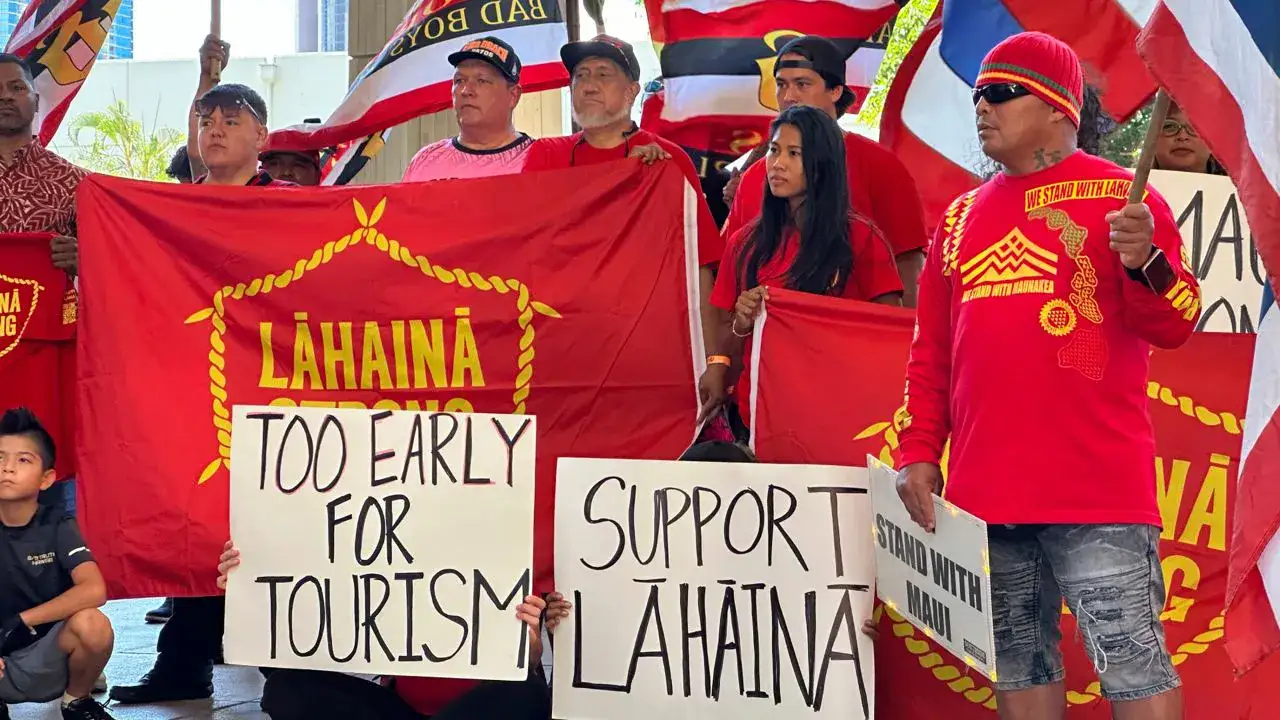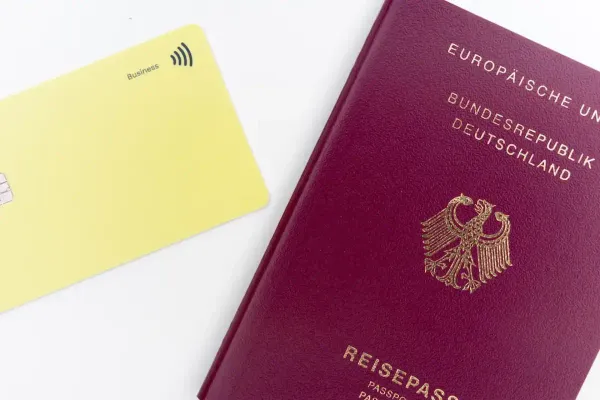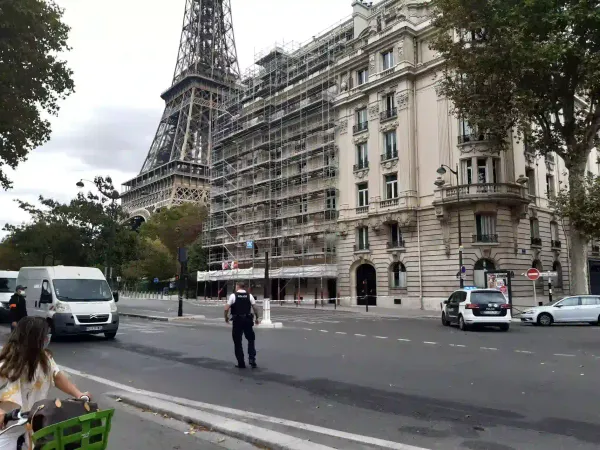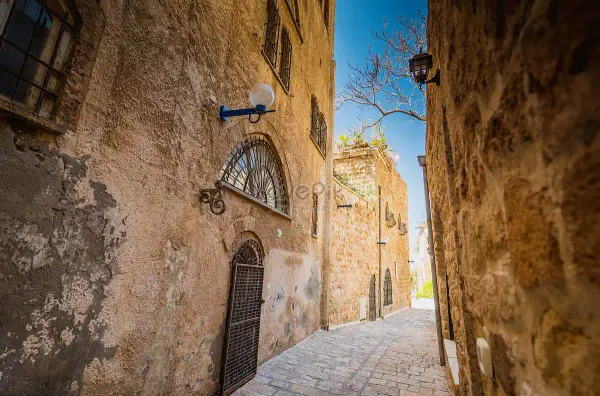Following the devastating summer wildfires, Hawaiians have taken a significant step in voicing their concerns by submitting a petition to delay the reopening of tourism in the affected areas.
Residents from Lahaina, one of the hardest-hit areas by the fire, formally presented their plea to Hawaii Governor Josh Green this past Tuesday. They are challenging the forthcoming plans to reintroduce tourism to parts of West Maui this very weekend. Their primary concern is that the deeply affected community is still in mourning and isn’t prepared emotionally to receive a flood of visitors so soon after the tragedy.
This petition carries the weight of 3,517 signatures, all hailing from West Maui zip codes, underscoring the collective sentiment of the community. It emerges amidst a heightened and emotionally charged debate about the right time for tourists to make their return. Particularly poignant is that West Maui is home to the historic town of Lahaina, which tragically bore the title of being the epicenter of the deadliest US wildfire in over a hundred years.
The sheer magnitude of the catastrophe became evident with the grievous loss of at least 98 lives during the fire on 8th August. Even now, more than a dozen individuals remain unaccounted for. It's noteworthy to mention that the decision to initiate the first phase of reintroducing tourism to Maui coincides with the two-month mark of this calamity.
While the heartache and apprehension of many residents are palpable, there's a segment of the population voicing a different concern. Many individuals, whose livelihoods are intricately tied to the tourism industry – be it in hotels, eateries, or other service sectors – are keen on the resumption of tourism. They believe it's crucial for their economic survival and to rebuild their lives after the wildfire's devastation.
Locals Speak Out: Consider Our Fresh Wounds Before Reopening
Tamara Paltin, a representative for Lahaina on the Maui County Council, highlighted the lingering challenges faced by the Lahaina community after the wildfires. While two months might seem like ample time for outsiders, the reality for residents has been a different story.
In the aftermath of the fire, a majority of Lahaina inhabitants, including Paltin herself, were without reliable cellphone service or internet for the initial month, significantly hindering communication and recovery efforts. Moreover, consistent housing has been a prevalent issue, adding to the distress. Such circumstances have taken a toll on the mental well-being of the residents, with many, Paltin among them, finding it challenging to get a full night's sleep.
Paltin passionately advocated for the inclusion of residents' voices in the decision-making process regarding the reopening of the region. She emphasized the need for the governor to engage with the community in a manner that's "open and transparent" to ensure their concerns and experiences are genuinely considered.
Adding weight to the residents' plea was a visual demonstration of solidarity: a group of individuals donning red T-shirts made their way to Governor Green’s executive chambers, characterized by its distinctive koa wood paneling, with the intention of personally delivering the signed petition.
However, in the absence of Governor Green, the responsibility of accepting the petition fell to his director of constituent services, Bonnelley Pa’uulu. The sheer number of signatures, totaling 14,000 by midday Tuesday, reflects the widespread concern and unity within the community regarding the proposed reopening.
Without Jobs, Where Will the Locals Go?
In a recent appearance on the Hawaii News Now program 'Spotlight Now', Governor Green conveyed deep empathy for the plight of the residents affected by the wildfire. While he expressed that he was profoundly sympathetic to the distress people were undergoing, he highlighted an alarming statistic: the fire resulted in job losses for over 8,000 individuals. For Green, facilitating the return of these individuals to the workforce is a significant aspect of the broader recovery process.
As the Governor, Green sees his role as a comprehensive one, encompassing not only immediate relief efforts but also considering the long-term sustainability and survival of Maui. He voiced his concerns over the potential exodus from the island if proactive measures aren't taken. "The implications are stark. If these middle-class individuals, who have long called Lahaina their home, don't find employment, they may have no choice but to leave," he remarked.
Maui, known globally for its pristine beaches and breathtaking waterfalls, ranks among the Hawaiian islands most reliant on tourism for its economic stability. This dependency became painfully evident in the aftermath of the fire. A dramatic 70% decrease in tourist arrivals was noted when Governor Green, in conjunction with tourism officials, advised against "non-essential travel" to Maui.
This plunge in tourism, according to economic analysts from the University of Hawaii, is predicted to spike Maui's unemployment rate to over 10%, a stark contrast to the mere 2.5% observed in July. Such economic repercussions are anticipated to considerably diminish state tax revenues, adding another layer of challenge to the already strained situation.
When Can We Expect West Maui to Welcome Tourists Again?
In the weeks following the devastating fire, the tourism sector, which plays a pivotal role in Maui's economy, began making efforts to gently revive the island's appeal. Industry experts encouraged travelers to consider visiting areas of Maui that had been untouched by the inferno. Notable examples included the beautiful locales of Wailea and Makena, which remained unaffected and retained their charm.
Subsequently, a significant announcement was made by Governor Green, indicating a revival strategy for West Maui. This region is characterized by its extensive coastline, which includes the historic town of Lahaina as well as a series of prominent hotels and condominiums stretching to its north. Green declared that West Maui was slated for a grand reopening to tourists on the 8th of October.
However, refining the initial plan, Maui's Mayor Richard Bissen provided more specific details last week. He delineated that only the northernmost tip of West Maui, spanning a distance of about 5 kilometers and notably featuring the luxury Ritz-Carlton Kapalua, would be the primary area to start accepting tourists once again. In contrast, the broader region, which currently serves as a temporary haven for many evacuees from Lahaina, is scheduled to reopen its doors to tourists on a date that remains to be determined.
Providing further insight into the phased reopening strategy, the initial region to witness the return of visitors, spanning from Kapalua to the Kahana Villa, stretches between 11 to 16 kilometers. This expanse is located a brief 15 to 20-minute drive northward from the areas most severely impacted by the fire. Mayor Bissen elaborated that subsequent phases, focusing on areas progressively closer to the charred remains of Lahaina, would be inaugurated only after the successful evaluation of the prior stages.
Summing up the cautious approach, Governor Green mentioned that the imminent Sunday would witness the reopening of merely one or two hotel establishments. He described this as a "gentle start," emphasizing the importance of treading carefully in the wake of the trauma experienced by the community.
Post-Trauma Recovery: Residents are not Ready to Work Again
Kiakona, a bartender from a local restaurant, voiced the sentiments of several residents who are grappling with the emotional aftermath of the disaster. For him, the thought of returning to work is interwoven with anxiety. He fears the repetitive cycle of being questioned about his personal losses. "It's not just the physical act of working," Kiakona remarked, "it's the emotional weight of being continuously confronted with the tragedy we've just endured."
Addressing such concerns, Governor Green acknowledged the profound emotional and psychological challenges some residents might face. He assured that those feeling unprepared to reenter their workplaces would not be forced to. "Their well-being is crucial, and we will ensure that they continue to have access to benefits and housing during this period," Green emphasized.
However, the governor also highlighted the larger economic picture. "While healing is essential," Green noted, "I also urge these residents to think of the larger community – their neighbours, the local businesses, and the overall health of Maui's economy." He elaborated on the potential ripple effects, stating, "If our tourism drops to just 40% of its usual capacity, it'll severely impact our ability to rebuild and provide essential services."
The consequences of this reduced tourism flow are far-reaching. The governor particularly highlighted the challenges in funding crucial projects, such as reconstructing the elementary school devastated in the fire and ensuring comprehensive healthcare for Maui's inhabitants.
On the ground, Charles Nahale, a talented local musician known for his captivating ukulele and guitar performances for tourists, provided a more personal insight. Having lost all his opportunities to perform post-disaster, he recently observed a scene that disturbed him. At a restaurant not too distant from the disaster-stricken area, he saw tourists who seemed entirely detached from the pain and suffering of the community. Their apparent lack of empathy and understanding added another layer of hurt for the already grieving locals.
Conclusion:
In the wake of significant disasters, the road to recovery is multifaceted and often challenging. For regions like Maui, where the economy is so deeply intertwined with tourism, the balance between emotional healing and economic rejuvenation is precarious. While individuals like Kiakona and Nahale exemplify the emotional struggles many residents face, the broader concerns raised by Governor Green highlight the pressing economic realities. It underscores the need for a compassionate, yet strategic approach, ensuring that while the emotional well-being of residents is prioritized, the region's economic backbone remains robust. Mutual understanding, respect, and community collaboration will be pivotal in navigating this complex path to healing and resurgence.










